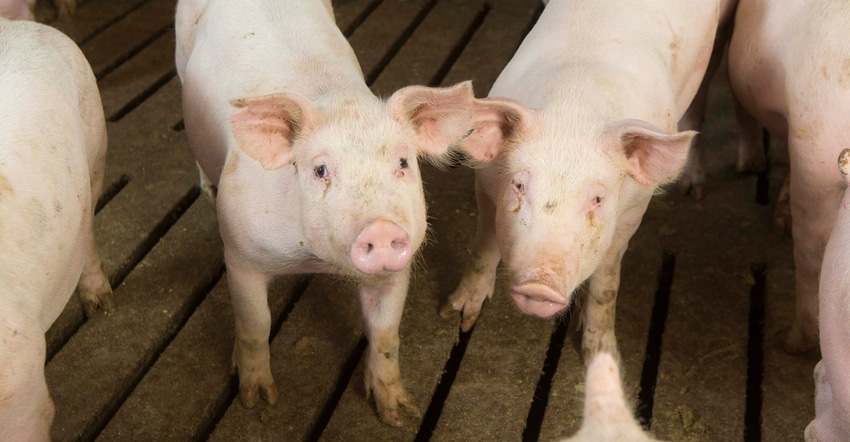February 19, 2020

While many individuals choose to arm themselves against the flu virus with a vaccine, it is even more important for those who work around animals to protect themselves.
Influenza affects a wide range of animals, and flu among pigs poses a serious threat to people, because flu in other livestock is not as transferable to people.
“The vast majority of influenza viruses circulating in pigs today have actually come from people,” says Andrew Bowman, associate professor in the Department of Veterinary Preventive Medicine at Ohio State University College of Veterinary Medicine (CVM).
This is likely because producers or farmers sometimes go into the barn while they are feeling under the weather and are infected with the influenza virus, Bowman says.
Pork producers or people who deal with swine quite often are strongly advised to receive a flu vaccine. However, it is much more likely that people will pass the influenza virus to pigs, rather than pigs infecting humans.
The flu kills between 290,000 and 646,000 people worldwide each year. This year’s flu vaccine only has a 58% chance of protecting people from influenza B, the most common type of flu virus found in humans.
Influenza A and influenza B are the two main types of flu virus, and the flu vaccine houses both. Humans are much more susceptible to type B, while pigs are much more vulnerable to type A and rarely get B.
Best human protection is to get flu vaccination
Types of flu viruses circulating among pigs can cross into people. Getting vaccinated might reduce the risk of a person acquiring these viruses — and at the very least, provide some level of protection, Bowman says.
“The best way to protect yourself from any virus is to get vaccinated,” says Scott Kenney, an assistant professor in Ohio State’s College of Food, Agricultural, and Environmental Sciences (CFAES). Kenney is a part of the Food Animal Health Research Program, a CFAES unit affiliated with the CVM.
Influenza in pigs looks a lot like the symptoms humans experience while they are battling the flu virus themselves. The pigs could show signs of flu by having nasal discharge, coughing, fever, or even a lack of appetite, Bowman says.
“Among pigs — in general — a lot of them will get sick with influenza, but rarely die. Typically, they only die if they get a secondary bacterial infection along with the flu,” Bowman says.
If there are signs that your pigs already have influenza, it is important to take the proper precautions so that you do not get it. This should include protecting your respiratory tract by wearing an N95 respirator over your nose and mouth, and communicating with your veterinarian to see which treatment plan is recommended.
Bowman suggests that pork producers should work with their local veterinarians to come up with a vaccination plan. That plan should include which types of vaccines to administer and how frequently the vaccines should be given to the animal itself.
Beal is a senior in the Department of Agricultural Communication, Education, and Leadership of OSU CFAES.
Source: OSU CFAES, which is solely responsible for the information provided and is wholly owned by the source. Informa Business Media and all its subsidiaries are not responsible for any of the content contained in this information asset.
You May Also Like




